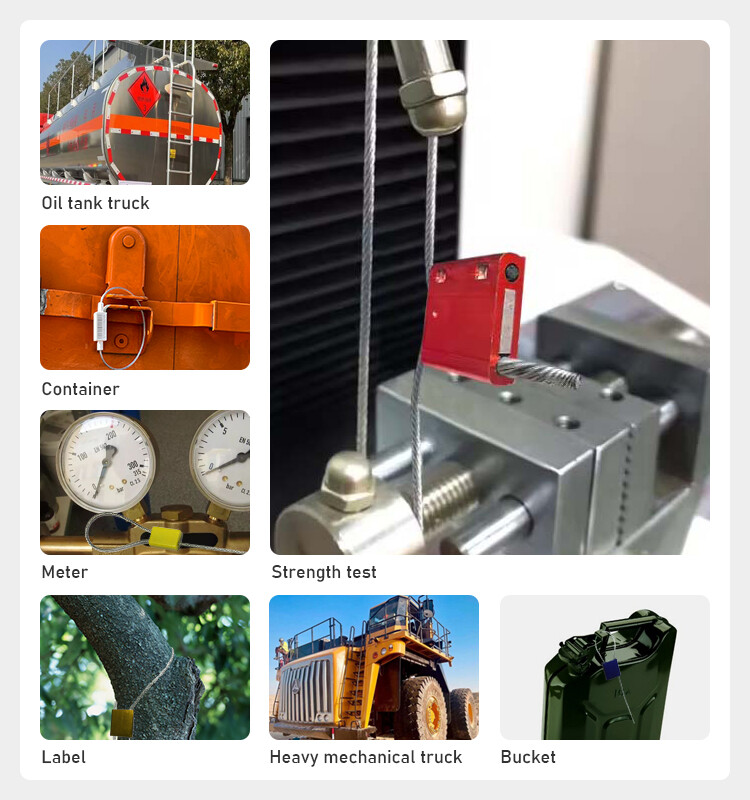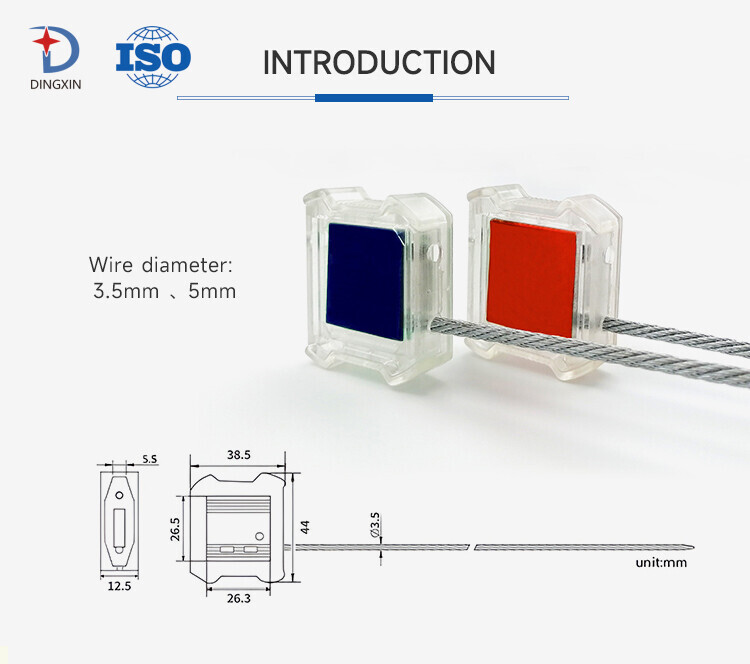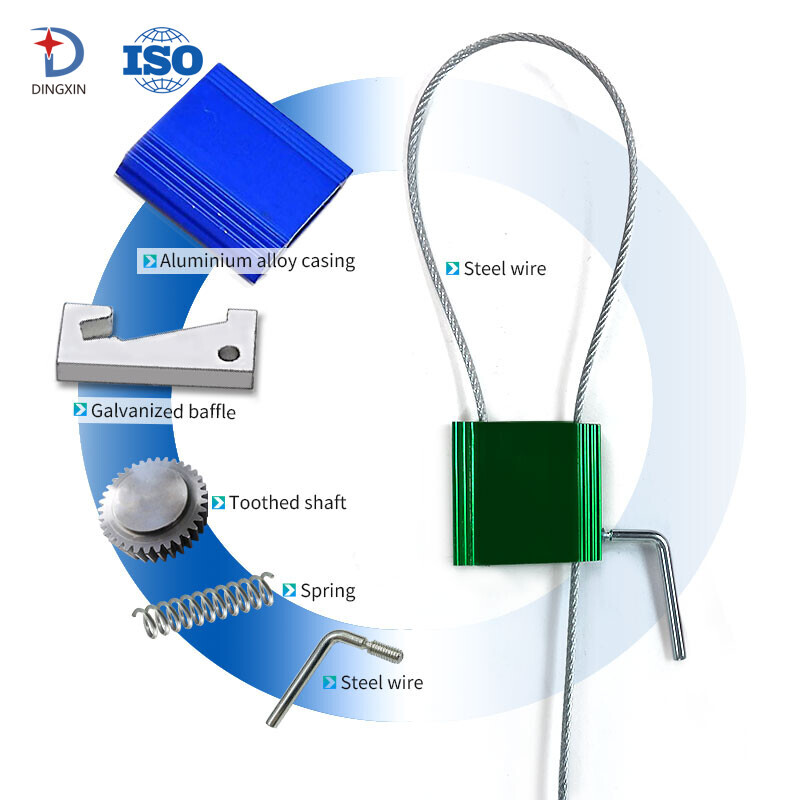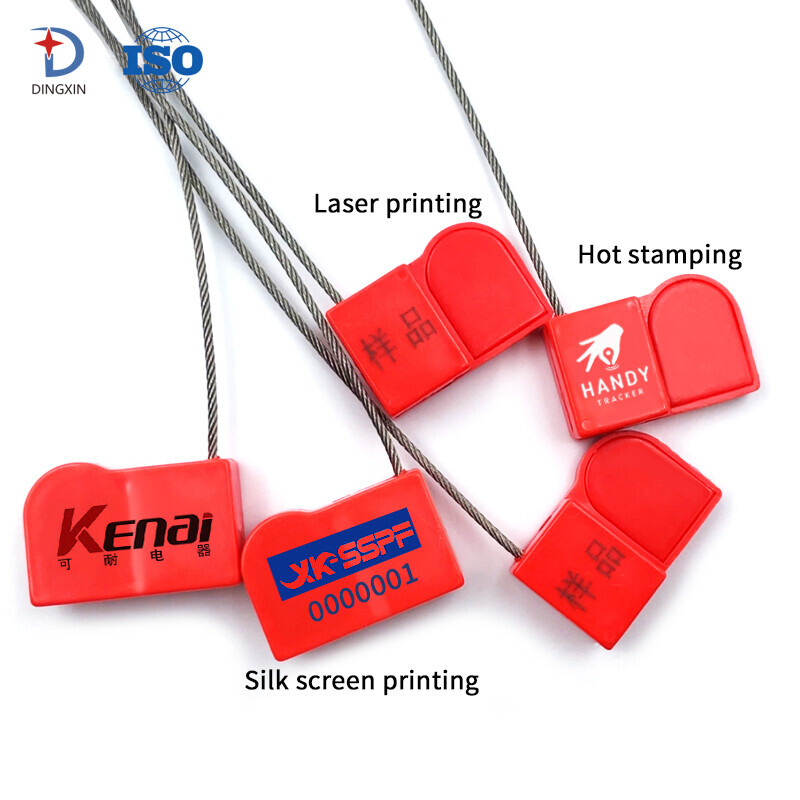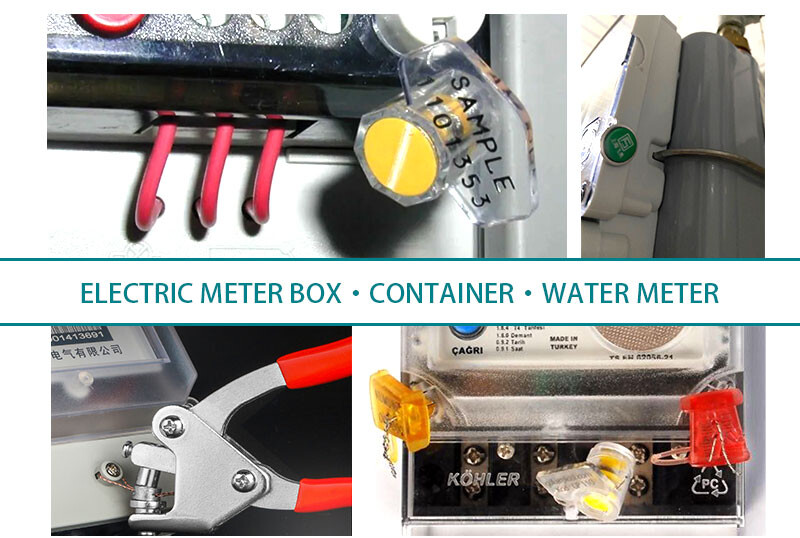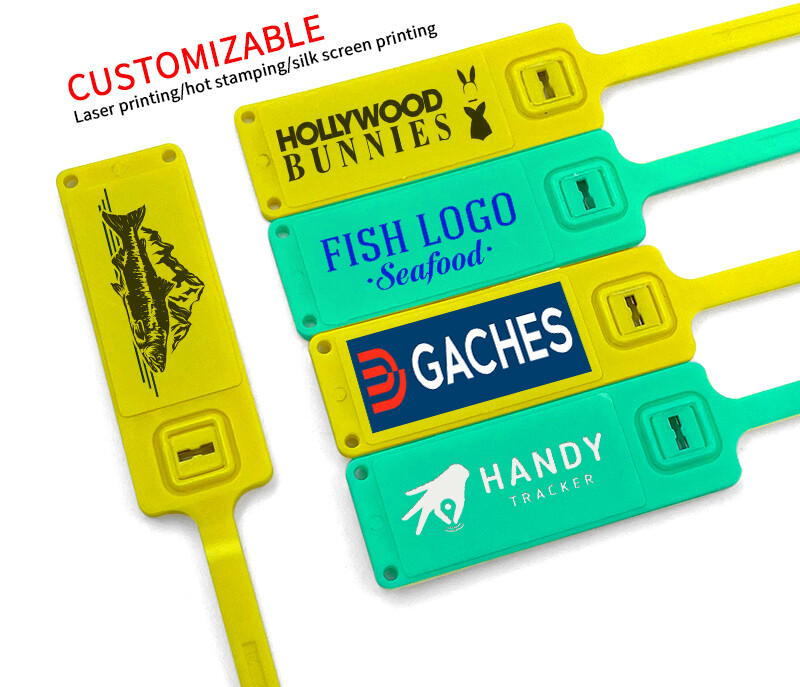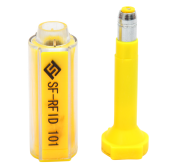Trucks and trailers involved in the international transport of goods are subject to strict customs regulations. The type of seal to be used will depend on whether road only or multimodal transport is involved as the security requirements for each security seal vary depending on application, industry and type of goods. This guide for cable seals will help to provide insight and enhancement for the selection and deployment of high-strength barrier seals.

When trucks are part of a multimodal transport process, their cargo is placed in containers to ensure a fast and compatible transfer between different modes of transport such as a shipping freighter to HGV. High security seals are used as a tool to deter and detect unauthorised access of any vehicle or container during its movement through the supply chain. They differ from locks in that they are intended to be used only once, and then removed and responsibly destroyed. The most commonly used seals are high security barrier seals: adjustable cable-type seals or fixed bolt seals.
Early seal products were intentionally made to be easily cut open after use to be user-friendly. However, due to increasing security demands, the added dimension of a high strength barrier seal became popular in transportation and logistic industries. Now, some security seals function both as a strong disposable lock and a tamper-evident seal — providing both a visual indicator and an barrier to entry.
Sophisticated methods of seal violation can occur in various forms: hiding the breakpoint to fool the observer, seal substitution (cloning) and modification of print markings. The initial discovery of tampering usually occurs when the vehicle reaches its final destination and the seal is cut and taken out of use. It may also be found on examination of the seal after it is opened by the user and checked at another location. If not examined by a trained and experienced inspector, tampering or violation of the security seal may not be discovered at all.
Seals alone cannot protect cargo containers and other closures from access by motivated people who intend harm. However, each step toward improving seal technologies will help to improve the detection and prevention loss ratio and reduce points of opportunity for nefarious organisations and individuals. Security seals can be made to work effectively in tamper detection but naturally require a strong and well-enforced program for control and inspection and deliberate and adaptable countermeasures to be as effective as possible.
With today’s concerns of fraud and terrorist acts, security seals have become a more common tool as part of programs to identify a container of goods opened after its sealing point. However, the added challenge of immediacy requires a much higher degree of knowledge, control, and attention to the seal throughout its use. In addition to more control and inspection, immediate discovery may also require the use of more than one device and method.
SEARCH




